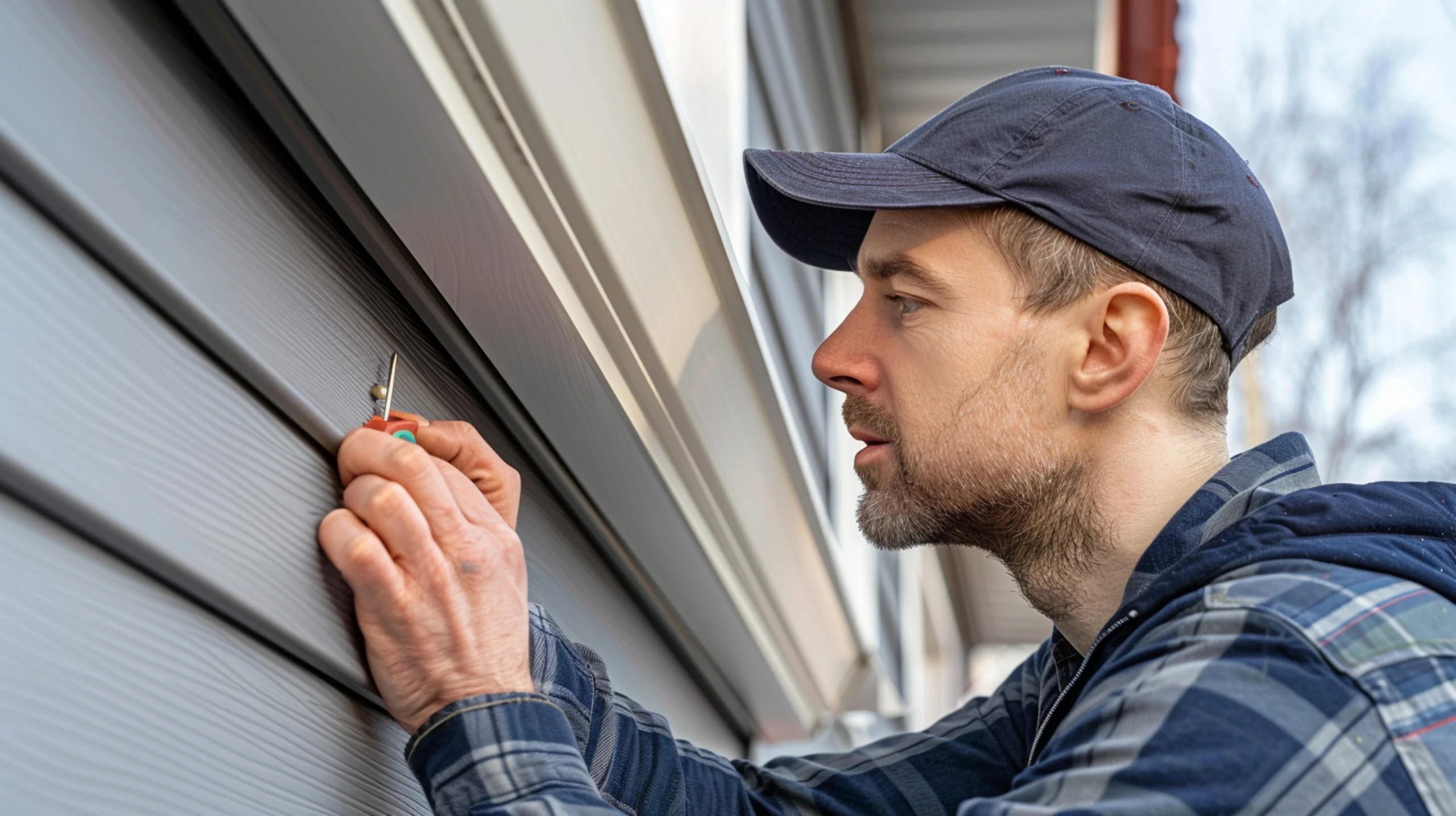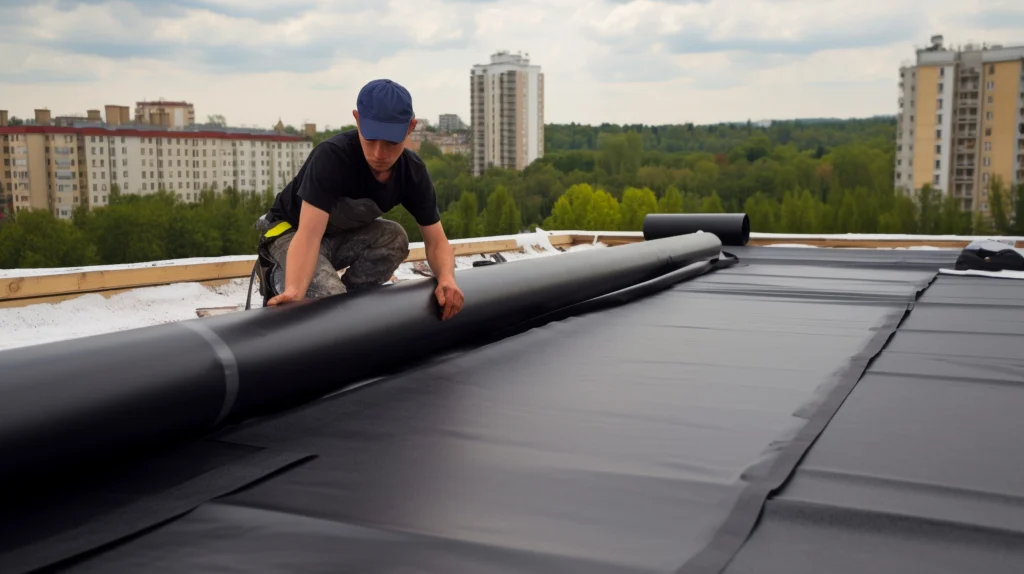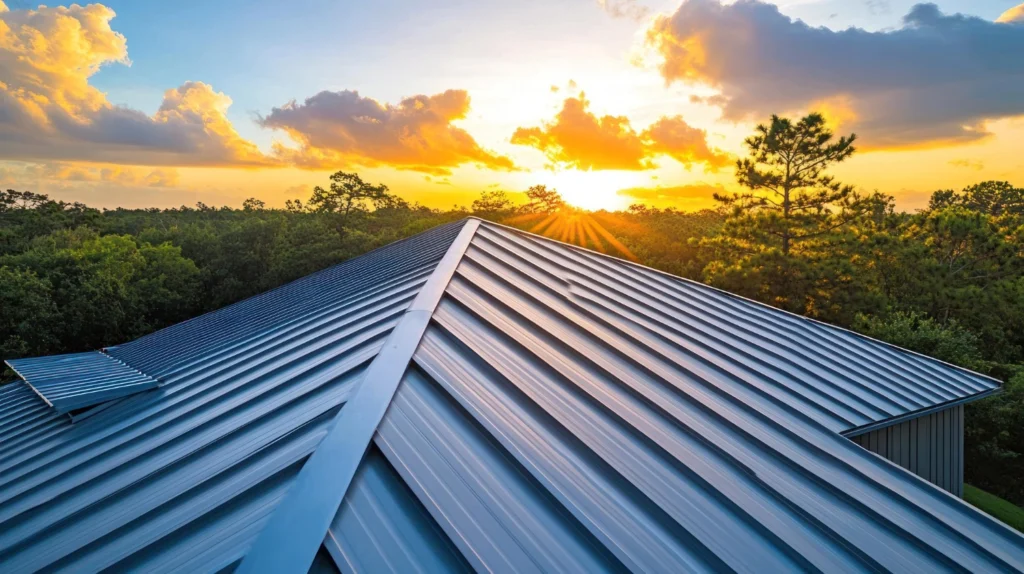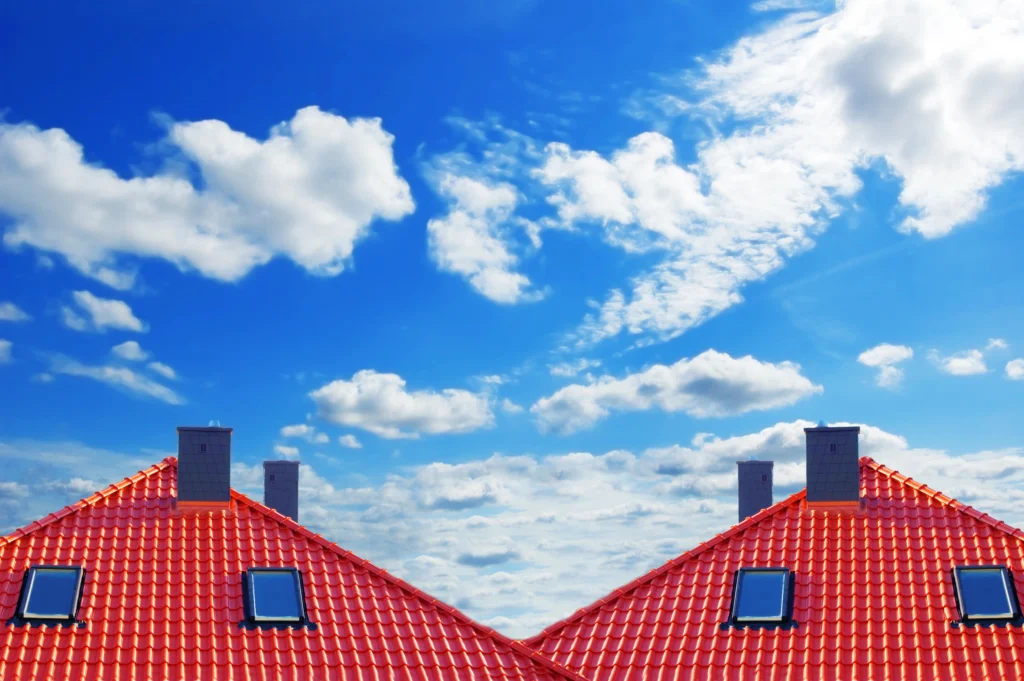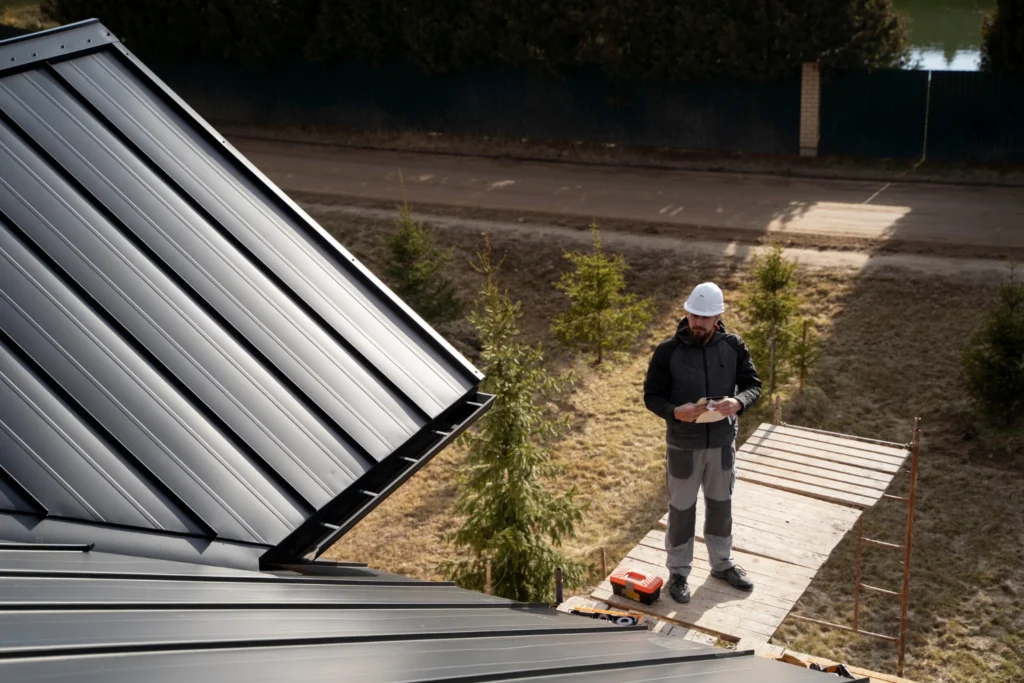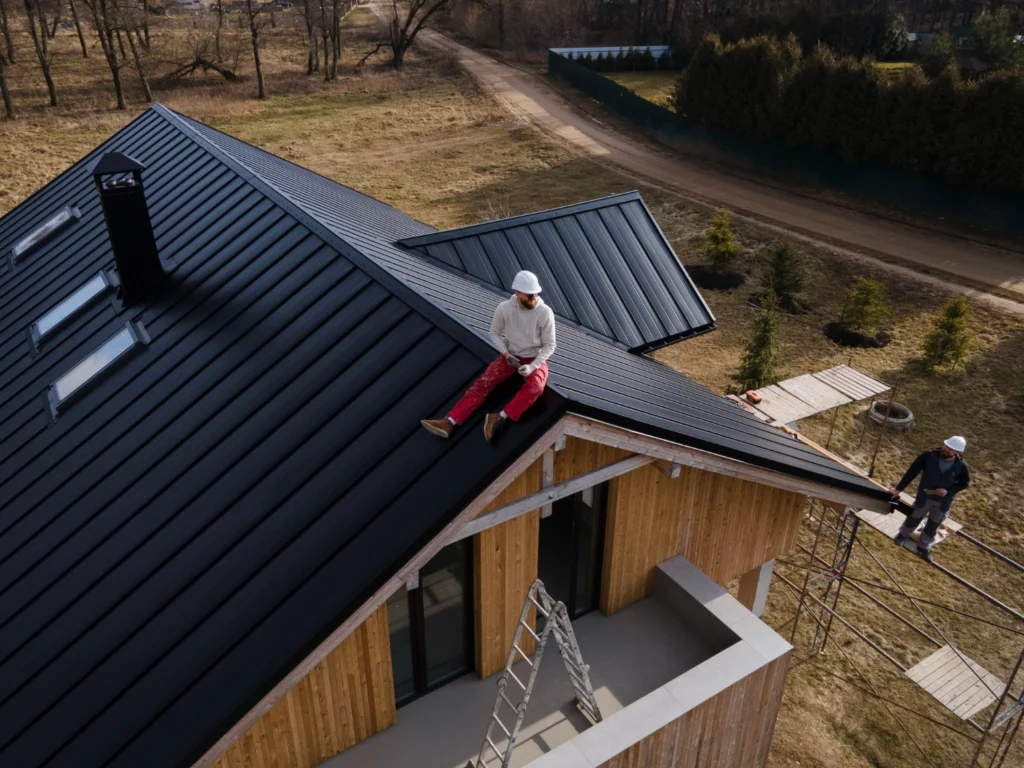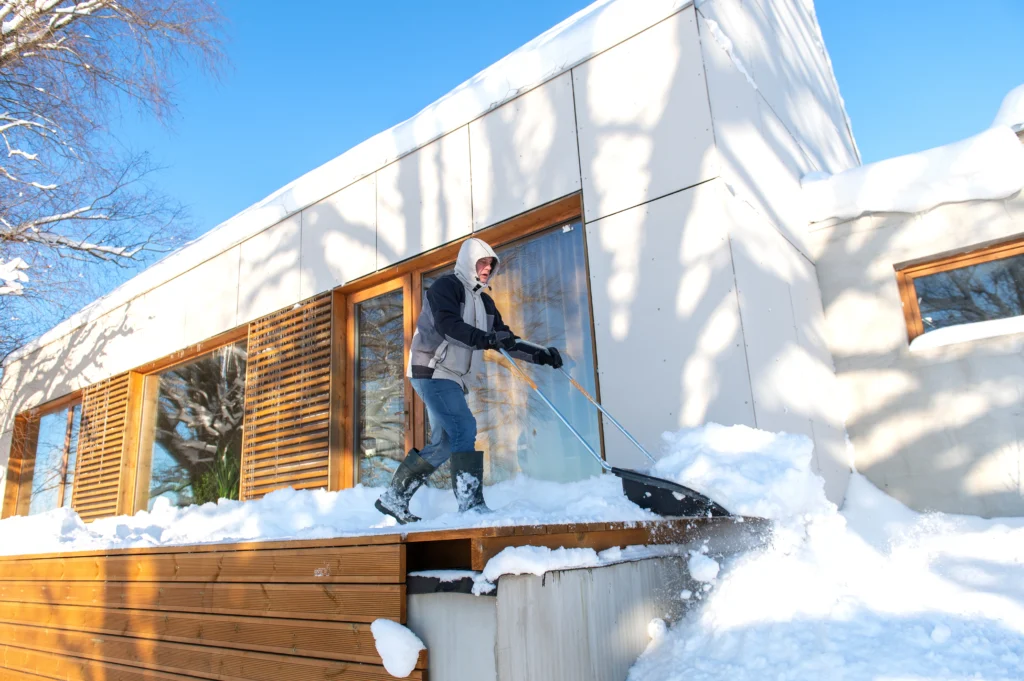How Often Does Siding Need to Be Replaced?
Your home’s siding stands as the first line of defense against harsh weather conditions, from brutal winter storms to sweltering summer heat. Understanding when your siding needs replacement can save you from costly repairs and protect your home’s structural integrity for decades to come.
Miller’s Roofing & Siding has served homeowners across Minnesota and Northern Wisconsin for over 35 years, and we’ve seen firsthand how proper siding maintenance and timely replacement can transform both your home’s protection and value. Let’s explore the essential factors that determine how often siding needs to be replaced and the warning signs that indicate it’s time for new siding.
Understanding the Lifespan of Home Siding
The frequency of siding replacement depends on several critical factors that work together to determine your home’s exterior durability. Climate exposure, material quality, and maintenance practices all play vital roles in how long your siding will effectively protect your home.
How Do You Determine the Lifespan of Siding?
Several key factors influence how often your siding needs replacement. Weather exposure stands as the primary concern, especially in our climate, where temperature extremes, heavy snow loads, and severe storms accelerate wear patterns. The quality of the original installation also significantly impacts longevity—properly installed siding with adequate ventilation and moisture barriers can last years longer than rushed installations.
Maintenance practices directly affect your siding’s lifespan. Regular cleaning, prompt repair of minor damage, and proper caulking around windows and doors can extend your siding’s protective capabilities. Additionally, your home’s orientation affects wear patterns, with south-facing walls typically experiencing more UV damage and north-facing walls potentially holding moisture longer.
Does the Type of Siding Affect When It Needs to Be Replaced?
Different siding materials offer varying lifespans and replacement schedules. Vinyl siding typically serves homeowners well for 20-30 years, making it a popular choice for families seeking long-term value. Aluminum siding can last 30-40 years with proper maintenance, though it may show signs of fading or denting before reaching the end of its structural life.
Wood siding requires more frequent attention, often needing replacement every 15-25 years, depending on the species and treatment. However, premium wood options like cedar can last significantly longer with proper care. Steel siding offers exceptional durability, potentially lasting 40-50 years, though it requires attention to prevent rust in areas where the protective coating becomes damaged.
How Often Should I Replace Vinyl Siding?
Vinyl siding replacement typically occurs every 20-30 years, though this timeline can vary based on quality and environmental factors. High-quality vinyl siding with proper installation can reach the upper end of this range, while lower-grade materials or exposure to extreme conditions may necessitate earlier replacement.
Signs that your vinyl siding needs replacement include widespread cracking, significant fading, warping, or loose panels. In our northern climate, vinyl siding faces unique challenges from freeze-thaw cycles that can cause expansion and contraction stress over time.
Common Signs Your Siding Needs to Be Replaced
Recognizing the warning signs early can help you address siding issues before they become costly structural problems. Your siding communicates its condition through various visual and performance indicators that shouldn’t be ignored.
Cracked, Sagging, or Warped Siding
Visible structural damage represents one of the clearest signs that your siding needs replacement. Cracks create entry points for moisture, insects, and cold air, compromising your home’s protection and energy efficiency. Even small cracks can expand rapidly during freeze-thaw cycles common in Minnesota and Wisconsin.
Sagging siding indicates underlying structural issues or moisture damage that has compromised the material’s integrity. This condition often affects multiple panels and suggests that the fastening system has failed or the siding material has become too heavy due to moisture absorption.
Warped siding panels signal heat damage or moisture infiltration that has caused the material to lose its original shape. This deformation creates gaps where weather can penetrate, reducing your home’s energy efficiency and allowing potential water damage to underlying structures.
Siding Blistering or Bubbling
Blistering or bubbling siding typically indicates that moisture has penetrated behind the material, creating pockets of trapped water or air. This condition often develops gradually but represents a serious threat to your home’s structural integrity.
Heat-related blistering occurs when siding absorbs excessive solar radiation, particularly on south-facing walls. This damage suggests that the siding material has begun to break down and may no longer provide adequate protection against the elements.
Rot on Siding and Signs of Moisture
Moisture damage appears through various symptoms, including soft spots, discoloration, or actual rot in wood siding. Even non-wood materials can show moisture-related damage through staining, mold growth, or deterioration of caulking and trim pieces.
Interior signs of moisture infiltration include peeling paint, wallpaper damage, or unusual humidity levels that may indicate your siding is no longer creating an effective moisture barrier. These symptoms often appear before exterior damage becomes obvious.
Damage from Pests
Pest damage creates immediate entry points for weather and additional unwanted visitors. Insects, woodpeckers, and other creatures often target areas where siding has already begun to deteriorate, making their presence a warning sign of broader material failure.
Small holes may seem manageable initially, but they often indicate that the siding material has become soft or compromised enough to attract pest attention. This damage typically spreads and worsens over time without proper intervention.
Performing Excessive Maintenance on Old Siding
When you find yourself constantly repairing, repainting, or replacing sections of siding, it may be more cost-effective to invest in complete replacement. Frequent maintenance needs often indicate that the siding has reached the end of its useful life.
Calculate your annual maintenance costs over the past few years—if they’re approaching 20-30% of replacement costs, new siding may offer better long-term value while providing improved protection and energy efficiency.
When to Replace Vinyl Siding
Vinyl siding replacement timing depends on both visible damage and performance issues that affect your home’s protection and energy efficiency. Understanding these indicators helps you make informed decisions about your home’s exterior.
Signs You May Need to Replace Your Vinyl Siding
Beyond the obvious signs of cracking or warping, vinyl siding may need replacement when it begins to fade unevenly, creating a patchwork appearance that diminishes your home’s curb appeal. Chalky residue on the surface indicates that the material’s protective coating has begun to break down.
Loose or rattling panels suggest that the fastening system has failed or the material has become brittle. This condition often affects multiple panels and can worsen rapidly during storms or high winds.
Can I Replace a Section of Vinyl Siding?
Partial siding replacement is possible when damage is localized and matching materials are available. However, color matching can be challenging since vinyl siding fades over time, and newer panels may not blend seamlessly with existing materials.
Consider partial replacement when damage affects less than 25% of your home’s siding and the remaining materials are in good condition. For more extensive damage, complete replacement often provides better value and appearance.
Replacing the Vinyl Siding: What to Expect
Professional vinyl siding replacement typically takes 2-5 days, depending on your home’s size and complexity. The process involves removing old materials, inspecting and repairing underlying structures, and installing new siding with proper ventilation and moisture barriers.
Quality installations include attention to details like proper overlap, secure fastening, and adequate expansion gaps that allow for thermal movement. These factors significantly impact your new siding’s longevity and performance.
When to Replace Wood or Other Siding Materials
Different siding materials require unique replacement considerations based on their specific characteristics and vulnerabilities. Understanding these differences helps you make informed decisions about your home’s exterior protection.
Replacing Wood Siding: Lifespan and Red Flags
Wood siding typically needs replacement every 15-25 years, though premium materials like cedar can last significantly longer with proper maintenance. Watch for soft spots that compress when pressed, indicating rot that compromises structural integrity.
Extensive paint failure, checking, or splitting suggests that the wood has reached the end of its protective life. Multiple areas of repair or frequent repainting needs often indicate that replacement will be more cost-effective than continued maintenance.
Different Replacement Timelines for Various Siding Types
Aluminum siding generally lasts 30-40 years but may need replacement sooner if denting or fading affects the appearance. Steel siding can serve effectively for 40-50 years, though rust prevention requires ongoing attention.
Fiber cement siding offers excellent durability, often lasting 25-40 years with minimal maintenance. However, it requires professional installation and repair due to its weight and specialized fastening requirements.
Finding the Right Siding Replacement Professionals
Selecting qualified siding contractors ensures your new siding installation provides maximum protection and longevity. The right professionals bring expertise, proper equipment, and warranties that protect your investment.
Be Sure to Hire Qualified Vinyl Siding Replacement Contractors
Look for contractors with specific experience in your siding material and local climate conditions. Minnesota and Wisconsin’s extreme weather require specialized knowledge about expansion gaps, moisture management, and proper fastening techniques.
Verify licensing, insurance, and Better Business Bureau ratings before making your selection. Request references from recent projects and inspect completed work when possible to assess quality and attention to detail.
Protecting Your Home’s Value with Timely Siding Replacement
Proactive siding replacement protects your home’s structural integrity while enhancing its market value and curb appeal. Quality siding installation represents an investment in your property’s long-term protection and energy efficiency.
Modern siding materials offer improved durability, energy efficiency, and weather resistance compared to older options. These advances mean your new siding will likely last longer and perform better than the materials it replaces.
How to Extend the Life of Your New Siding
Proper maintenance begins immediately after installation. Regular cleaning, prompt repair of minor damage, and attention to caulking and trim details can significantly extend your siding’s lifespan.
Annual inspections help identify potential issues before they become serious problems. Check for loose panels, damaged caulking, or areas where moisture might penetrate, and address these concerns promptly to prevent more extensive damage.
Making the Right Choice for Your Home
Your siding replacement decision affects your home’s protection, energy efficiency, and value for decades to come. Understanding replacement timelines and warning signs empowers you to make informed choices that serve your family’s long-term interests.
Don’t wait until minor issues become major problems that affect your home’s structural integrity. Professional evaluation can help determine whether repair or replacement offers the best value for your specific situation.
Contact Miller’s for a New Siding evaluation and expert installation services. Our family-owned business has served Minnesota and Wisconsin homeowners for over 35 years, providing durable solutions that protect your home while enhancing its beauty and value. We deliver the quality and reliability your family deserves.

